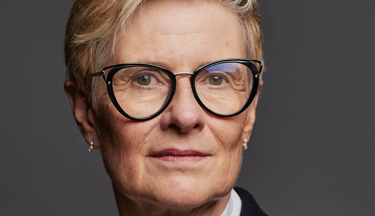
Diagnostic checks rolled out to 160 sites under CDC programme
Article by: Dr Katharine HallidayDr Katharine Halliday responds to NHSE announcement ‘Diagnostic checks rolled out to 160 sites under CDC programme’.
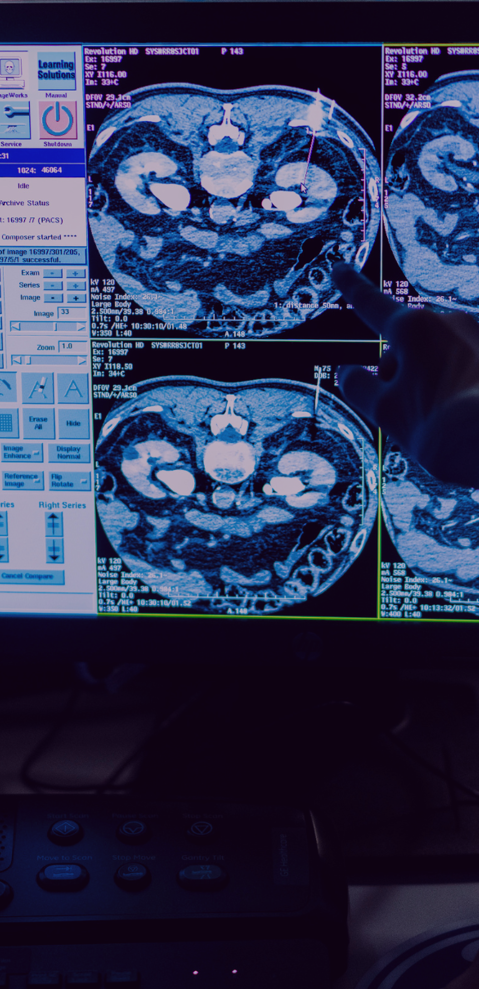
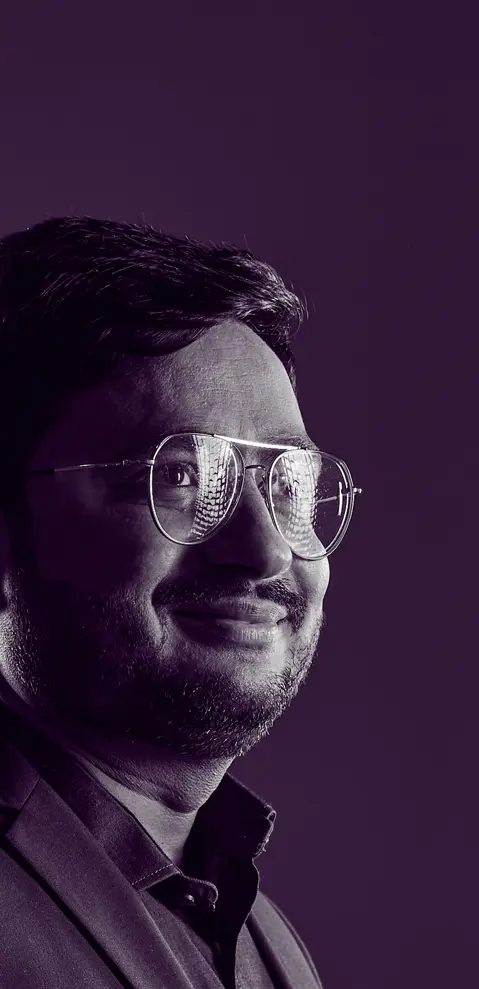
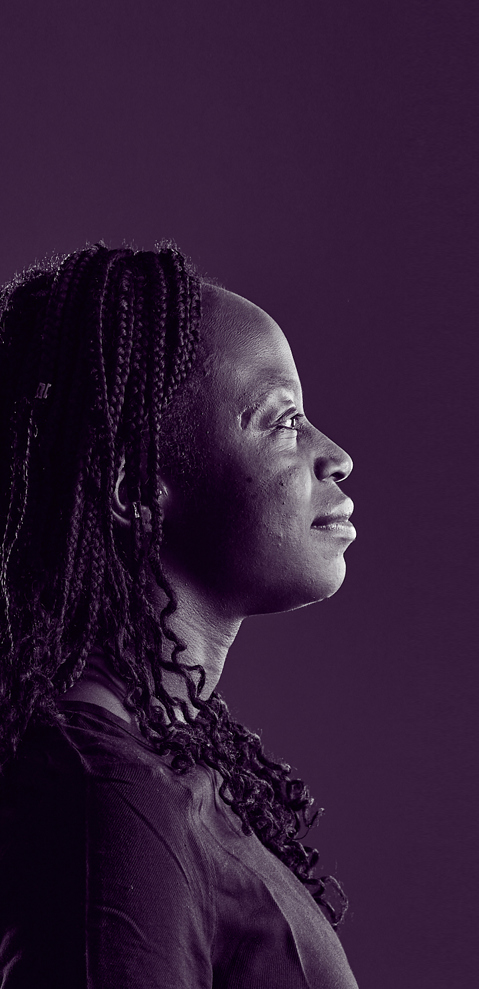
Watch some of our members, Fellows and Officers talking about why they love working in radiology and oncology:
We've tried our best to make this new website more user-friendly, so you should be able to find what you need. If you're looking to explore, try one of the areas below to get started.
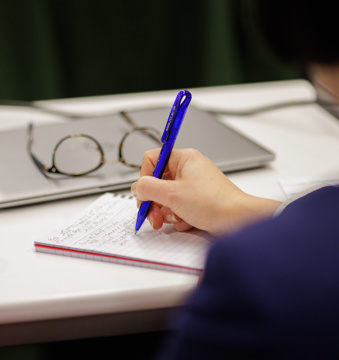
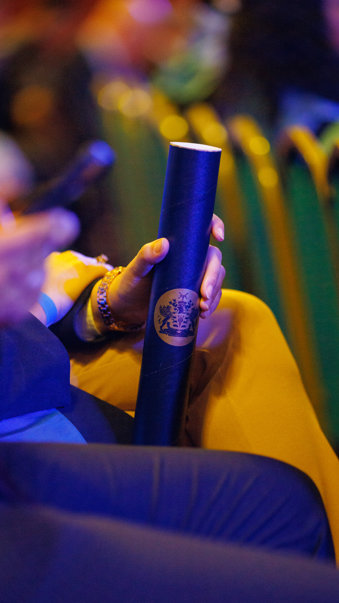
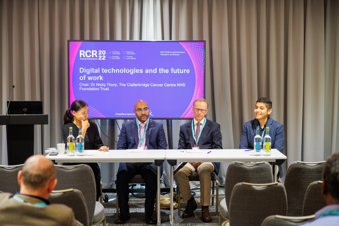
This course is now fully-booked, express your interest for September 2024. The Supervisor Skills course introduces the General Medical Council (GMC) requirements for the roles of named educational and clinical supervisors and provides training for those roles to the GMC benchmark.
The conference programme will cover a range of topics relevant to our field, including radical and palliative planning workshops, career progression, exam techniques and updates on hot topics in clinical radiotherapy.
Only a month until our Global Radiology Conference in Dubai. Module leads - experts in radiology from UK, Egypt, UAE and other regions - have been added to the programme.
This course is for RCR radiology and oncology members who are in their first year to 18 months in a new consultant post. Get updates on job planning, wellbeing, leadership skills and network with your peers from across the UK.
Get practical updates on essential management tools to run an efficient and effective radiology department.
This highly-popular course is for consultants, specialty doctors and senior trainees and introduces the General Medical Council (GMC) requirements for the roles of names educational and clinical supervisors to the GMC benchmark.
For experienced educational supervisors to develop and implement strategies to maximise your trainees potential and provide support to CCT.
This intensive three-day course will cover all aspects on management, focussing on the skills and approaches required to effectively manage and run a busy UK oncology department.
If you’re interested in a career in research, join us in-person and hear expert radiology speakers share their insights and the challenges they faced in carving out their academic niche.
This course is essential for those interested in research. This year’s theme will focus on advanced technologies in clinical research. Hear from experienced academics and share your ideas with our expert faculty.
For clinical radiology trainees and consultants, our fifth annual REALM course will be held at the Robinson College, University of Cambridge and will bring together internationally renowned speakers to discuss why radiologists can never be certain and how we deal with uncertainty.
We would like to welcome all newly appointed clinical oncology trainees to this introductory event as we explain the role of the College and how trainees can work together with us.
We would like to welcome all newly appointed clinical radiology trainees to this introductory event as we explain the role of the College and how trainees can work together with us.
The purpose of the undergraduate oncology day is to inform about careers in oncology, the training pathway, and what life is like as a consultant working in a rewarding and stimulating career in oncology.
Delivered by our expert AI faculty and for radiologists and allied healthcare professionals at any level of training or experience, this blended learning course will give you a global overview of AI in radiology and what it means for the specialty. Express your interest to receive priority booking when registration opens.
Get practical updates on essential management tools to run an efficient and effective radiology department.
A comprehensive and interactive virtual day focussing on imaging injury and trauma in the child. Topics span body imaging, contrast US, trauma in abuse and neuroradiology.
Join us at our 1st Global AI Conference as we bring together leading doctors, policy makers, educators and innovators to share clinical expertise and best practice and discuss the latest cutting-edge developments in this rapidly moving area of healthcare.
As part of our commitment to supporting equity, diversity, and inclusion we have developed the RCR Equity and Allyship in practice (REAP) programme.
This free webinar will include an introduction to the vulval cancer guidelines, providing the background to how it was developed and an overview of the key points. There will also be an opportunity for audience Q&A.
In this short webinar, Dr Ashley Shaw shares his approach to managing the challenges presented when managing colleagues, and navigating the difficult conversations when maintaining performance within the team.
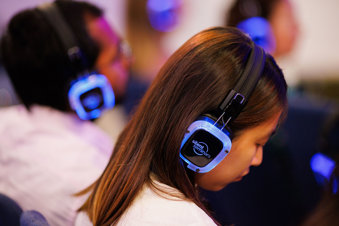
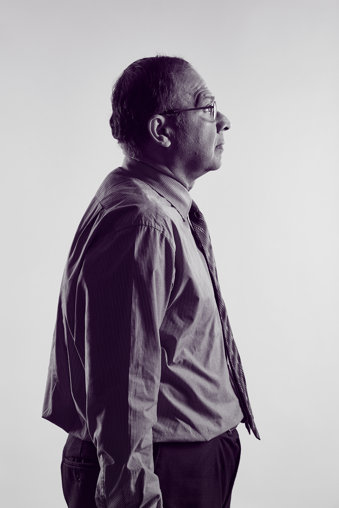
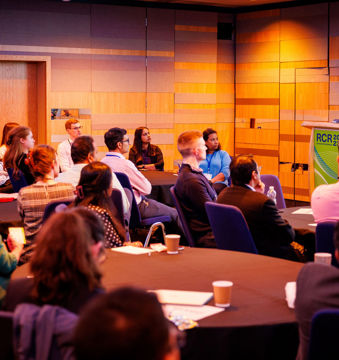
A collection of all our publications, including those for radiology and clinical oncology; radiotherapy consent forms; QSI; and our three journals: Clinical Oncology, Clinical Radiology, and RCR Open.
We actively encourage those interested in academic radiology and oncology: research allows us to demonstrate benefits through clinical trials and to improve the quality of imaging. Find out more about research & academia in our specialties below.
Want to know more about the ways in which we support service delivery across our specialties? This hub is the place to start: you'll find our QSI, service review, national radiotherapy consent forms and much more.
Artificial intelligence is the phrase of the day. Conversations are happening across the globe to discuss how it could improve healthcare, and the risks and benefits in each scenario. The Royal College of Radiologists is working hard to be the voice of our specialties when it comes to AI in healthcare.
The Royal College of Radiologists is a charity that works with our members and Fellows to improve the standard of medical practice across the fields of radiology and oncology. With faculties in two disciplines, the College and our members benefit from a fuller understanding of medical practice, across the spectrum of diagnosis and treatment.
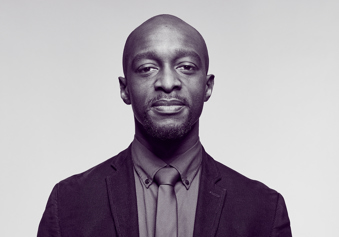
With over 16,000 Fellows and members worldwide, The Royal College of Radiologists exists to lead, educate and support doctors who are training and working in the specialties of clinical oncology and clinical radiology. With such a broad perspective on our two specialties, we develop and deliver a unique body of work which could not be undertaken by any other organisation.
The Royal College of Radiologists leads, educates and supports doctors who are training and working in the specialties of clinical oncology and clinical radiology.